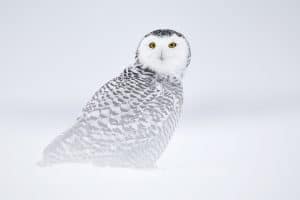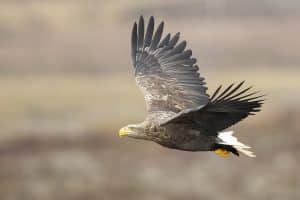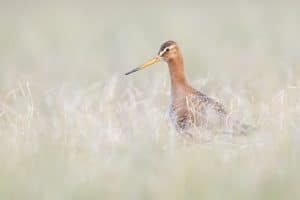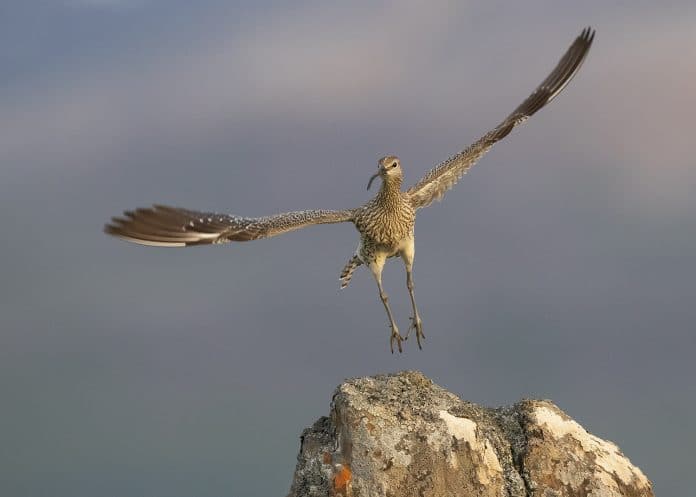World Migratory Bird Day. Every year the world champion of migratory birds, the Arctic tern, flies up to 70,000 kilometers. It is the harbinger of spring in the Arctic but come autumn the Arctic tern flies more than ten thousand kilometres to enjoy summer in the southern hemisphere in Antarctica.
In an Arctic Tern´s lifetime (up to 30 years) the bird covers a distance that amounts to flying to the moon and back.

World Migratory Bird Day is celebrated twice a year 13 May and 14 October in 2023. Perhaps it is appropriate that migratory birds are celebrated twice a year since they are per definition the most international of all species.
Icelandic photographer Daníel Bergmann enjoys the arrival of migratory birds in the spring. No wonder since photographing birds would be much poorer without them since they constitute a majority of birds that breed in Iceland.
Vast spaces in danger
The focus of World Migratory Bird Day 2023 is on the topic of water and its importance for migratory birds. This is a problem that Bergmann and other members of Fuglavernd (BirdLife Iceland) are quite worried about, not least locally.

“The biggest change in the habitat are plans for massive forestation,” Bergmann says referring to plans to plant hundreds of thousands of trees to replace some of the vast empty spaces that the island is known for. The intentions are good: to let the trees absorb CO2 from the atmosphere and release oxygen in exchange. However, this reduces the habitat of geese and the wetlands where wading birds thrive.
“We think that our responsibility is great since Iceland houses half of the world´s whimbrel and a third of the golden plover. Now the intention is to change the habitat that these birds have known for centuries. This and massive plans of building wind turbines are the topics we follow closely locally.”
Rest and refuel
Bergmann, points out that Iceland serves as a stop-over location “petrol station” for thousands of birds, not least geese on their way from Europe to North-America.

The vast majority of migratory birds rely on aquatic ecosystems during their life cycles. Inland and coastal wetlands, rivers, lakes, streams, marshes, and ponds are all vital for feeding, drinking, or nesting, and also as places to rest and refuel during their long journeys.
Unfortunately, aquatic ecosystems are becoming increasingly threatened around the world and so are the migratory birds that depend on them. The increasing human demand for water, as well as pollution and climate change, are having a direct impact on the availability of clean water and the conservation status of many migratory birds.

